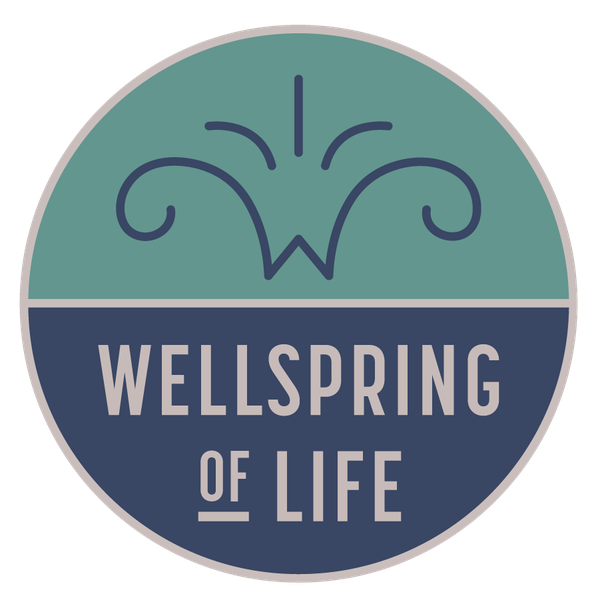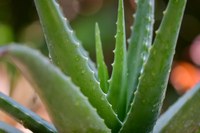
No, these are not threats you will find as you follow the yellow brick hiking path, but rather plants-based ingredients you should consider adding to the first aid kit you carry in case you run into lions and tigers and bears (or fall down and scrape yourself) along the way!
When was the last time you considered the ingredients of items in your first aid kit or other essentials for outdoor play? Do you even have an ‘outdoor adventure pack’? So often we spend a lot of time thinking about the food we use to fuel our bodies for great feats such as an extended hike, a day on the mountain bike or other fun, outdoor adventures, but very little time on some of these other essentials. In the same way we prepare our hydration and fuel packs, it is also important that we bring along items that will protect and heal us as well. Your ‘outdoor adventure pack’ contents will vary with the seasons, but as you think about what will go in it, don’t forget to think about the environment and the impact of the ingredients on your body.
Regardless of the type of ‘adventuring’ you are doing, there are some basics that should go along with everyone as they explore the great outdoors. These include
- Bandages
- Gauze
- Tweezers
- Safety Pins
- Small scissors
In addition, you will want to include the following products:
- Antibiotic Ointment
- Antiseptic spray/gel/cream
- Aspirin/pain reliever
- Sunblock
- Bug Spray
- Lip Balm
If you are doing back country trekking, you will want to ensure you have some additional essentials (check out CMC’s Essentials List or suggestions from NOLS) as accessing help may take extra time.
When you begin looking for products in the second list – the list of ointments and other items that will go on or in your body, you may want to consider all natural products to aid in the healing process. Often many of the ingredients in common ointments and other first aid/body care products contain ingredients that are harmful or potentially harmful to the environment or our bodies. Remember, even if it goes on topically, the ingredients are absorbed into our blood system and build up over time. These small doses also leach into our streams and lakes, spray into the air or absorb into our soils. Over time, and with added numbers of people partaking in the wonders this great planet has to offer, the impact from ‘just a little’ adds up and negatively impacts the animals and other inhabitants on this earth.
While uncovering the ‘who’s who’ of toxic chemicals can be a bit overwhelming at times, today, there are more resources, products and support in this process. There are many high quality, all natural products that can be found in health food stores. This is not to say that there isn’t ‘greenwashing’ that goes on, but if you find a reputable (often independent) store, you’ll likely find someone who will eagerly help you understand the ingredients and select a product that is right for your needs.
Here are a few ingredients that are powerhouses when it comes to taking care of yourself naturally:
- Calendula – Calendula is derived from a flower and is commonly used for wounds, rashes, infection, and inflammation.
- Arnica – A member of the sunflower family that, when applied as a cream, ointment, or salve is used to soothe muscle aches, reduce inflammation and heal wounds. It is also commonly used for injuries such as bruises or sprains.
- Aloe vera – Topically applying the gel from aloe leaves may speed burn healing and reduce the pain from burns.
- Tea tree oil – Derived from leaves, branches and above-ground parts of Melaleuca Alternifolia trees, tea tree oil is known to have bacteria fighting properties. It’s antiseptic and wound healing abilities have been used to provide relief from bites, burns, stings, and wounds.
- Turmeric/curcumin – Curcumin is the main active ingredient in turmeric. It has powerful anti-inflammatory effects and is a very strong antioxidant. Consuming fresh turmeric root is beneficial, but many studies suggest to get the most effective anti-inflammatory effect, you should take capsules of powered curcumin (combined with black pepper to ‘activate’ it’s properties), which can be found in many apothecaries and health food stores.
- Coconut Oil – In and of itself, coconut oil has many beneficial properties, but for the sake of your first aid kit, coconut oil is a beneficial oil base for lotions/creams/balms in place of those made with petroleum.
- Vegetable Glycerin – A liquid typically derived from soy, palm or coconut oil. It is used in creams, soaps and lotions and can be used to treat or prevent dry, rough, scaly, itchy skin and minor skin irritations.
While you may not need one more thing to add to your ‘to do’ list, if you are the ‘do it yourself’ type, it can be a lot of fun to experiment with making your own first aid items. If you choose to do so, make sure you find a reputable source for recipes, good, quality ingredients and test out your products before taking them ‘on the trail’. There is something about DIY and all natural care products that make you feel even better after using them.
Regardless of how you procure your outdoor essentials, make sure to pack them before going out on your journey. One always hopes to never need many of these items, but you’ll be grateful you have them if you end up needing them.
 members/the-colorado-mountain-club
members/the-colorado-mountain-club

Add a comment
Log in to add comments.